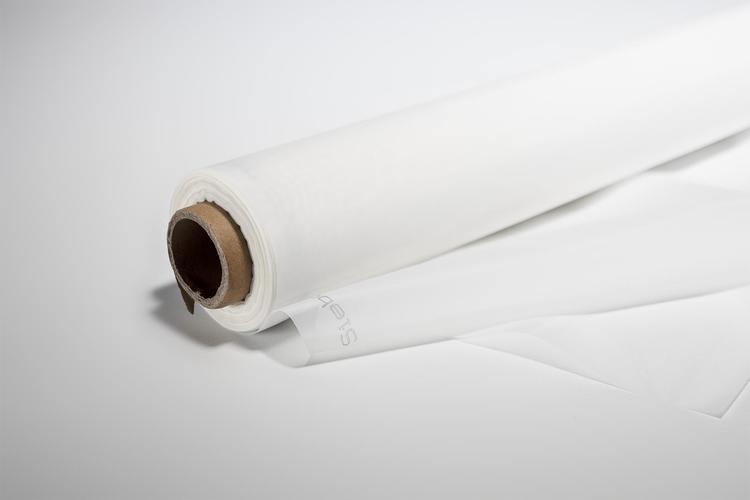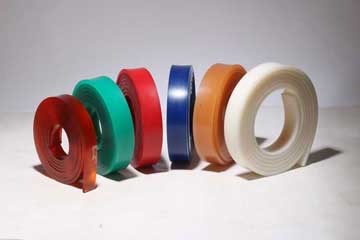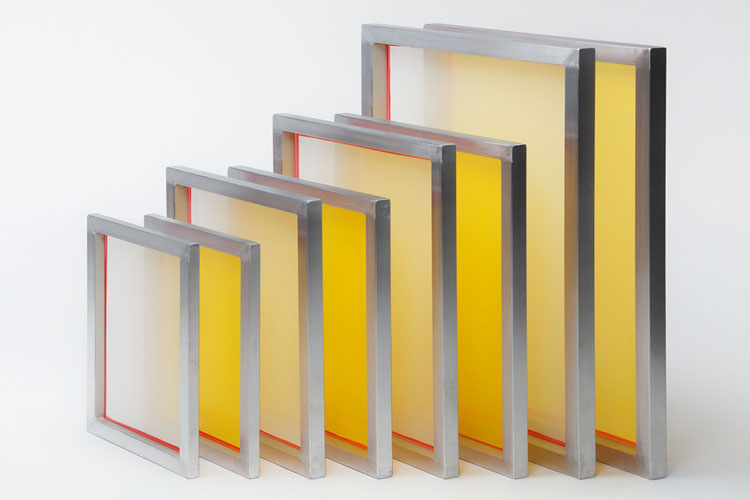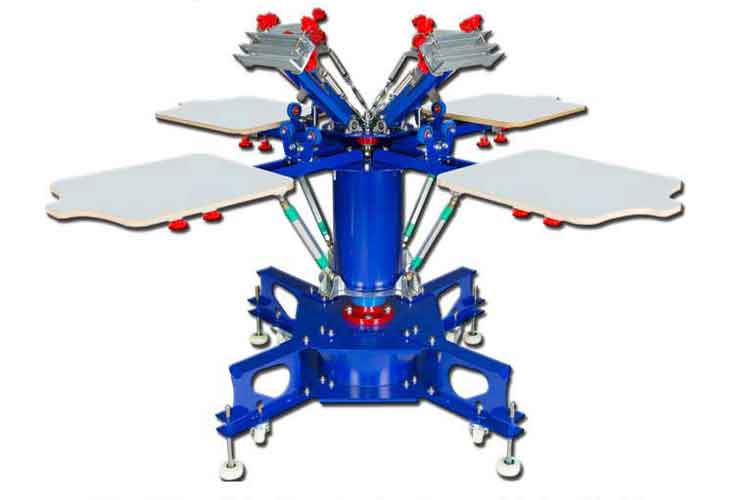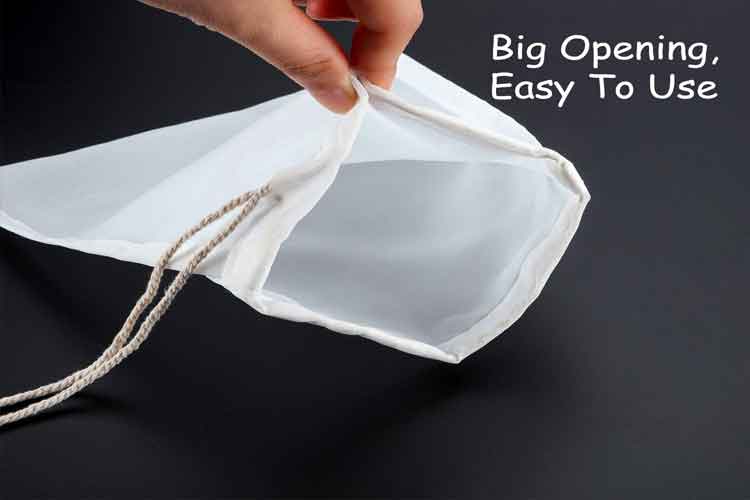Why choosing the right aluminium screen printing frame changes every run
Select an aluminium screen printing frame that matches your press geometry, the mesh counts you use most, and your reclaiming cadence. Start with a sample set — a few pre-stretched frames in common mesh counts and one or two remeshable frames for cu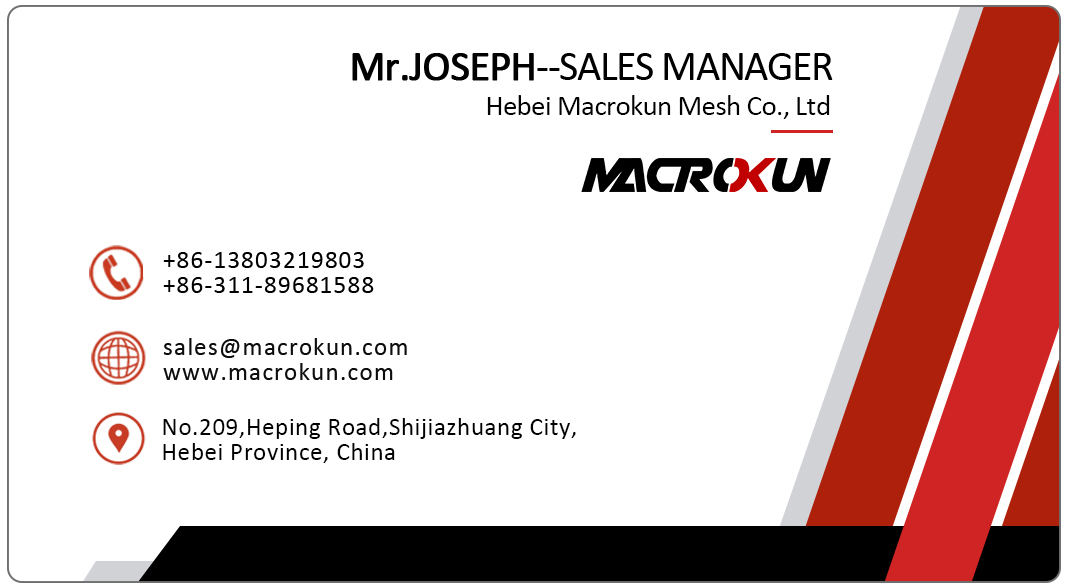
When print quality, repeatability and operator time matter, the foundation of every successful job is the framework — literally. The right aluminium screen printing frame gives you stable tension, predictable registration and the option to re-mesh for years of service. For shops that want fewer ruined runs and faster set-up, investing in the correct frame pays off in reduced downtime, less wasted ink and cleaner prints.
What a premium aluminium screen printing frame delivers
A good aluminium screen printing frame is more than a piece of metal with mesh stretched over it. It is a precision-welded assembly built to stay flat, resist warping and accept high tensions without flex. Quality frames are machined to lie flat on exposure units and press platens, come with clean spline grooves or professional adhesion channels, and are designed for either pre-stretched mesh or re-meshing when the fabric wears out. That combination — flatness, tension-holding, and reusability — is what separates a production-ready frame from a cheap substitute.

Aluminium vs wood — why most pro shops pick aluminium
Wood frames still have a place for small runs and hobbyists because they’re inexpensive and easy to handle. However, an aluminium screen printing frame outperforms wood in three practical ways: it holds higher and more consistent tension, it resists moisture-induced warping, and it is lighter for larger formats. For multi-color printing or automatic presses where repeatability is crucial, aluminium frames minimize the micro-shifts that create ghosting and misregistration. In short, aluminium turns occasional wins into reliable, repeatable results.
Mesh count made practical — what to order with your frame
Choosing the mesh that comes on or with your aluminium screen printing frame is where art meets engineering. Low mesh counts (for example, 110–160) allow heavy ink laydown and are perfect for bold graphics, plastisol underbases and printing on textured garments. Mid-range meshes (160–200) balance deposit and detail for general garment work. High meshes (200–305 and up) are for fine detail, halftones and soft-hand water-based printing. When you specify a frame with mesh, pick the mesh count that matches both your artwork and your ink chemistry — that single decision reduces re-runs and improves first-pass success.
Pre-stretched or remeshable — the procurement tradeoff
Buyers commonly face two options: a ready-to-print pre-stretched aluminium screen printing frame, or an aluminium remesh frame that you stretch in-house. Pre-stretched frames save setup time and are ideal for small shops or fast-turn orders. Remeshable frames cost more initially in labor but lower long-term cost for high-volume shops because you only replace the mesh, not the frame. A hybrid approach — keep some pre-stretched frames for rush jobs and a small number of remeshable frames for production — gives the most operational flexibility.
Frame size, stiffness and how they affect registration
Frame dimensions and cross-section stiffness matter. Larger frames require thicker extrusions or internal bracing to remain flat under tension. A well-designed aluminium screen printing frame resists torsion and deflection so that once you register a screen, it stays put for long runs. If your press clamps or exposure vacuum bed impose uneven pressure, choose a frame specification that matches those conditions — flatness and stiffness reduce micro-variation which otherwise shows up as uneven prints across large runs.
Tension, exposure and consistent halftones
High and consistent tension on an aluminium screen printing frame means more predictable snap-off, cleaner stencils and sharper halftones. Tension affects ink release and registration — low or uneven tension leads to blurred edges and inconsistent ink deposit. If you choose pre-stretched frames, confirm the supplier’s tension specs; if you stretch in-house, document and standardize your target tension values for each mesh. Consistent tension combined with accurate exposure yields sharper detail on every press.
Edge finishing, splines and reclaiming considerations
How the mesh is attached to the frame affects durability and reclaiming. Splines, adhesive channels, or welded hems each have pros and cons. A aluminium screen printing frame designed for frequent reclaim should have a recess that accepts splines cleanly and allows easy removal of old mesh without damaging the extrusion. If your shop reclaims screens often, prioritize frames with reinforced edges and replaceable spline grooves to avoid cumulative damage over many cycles.
Ink & substrate compatibility — match the frame + mesh to your materials
When ordering an aluminium screen printing frame with mesh, consider the ink class and substrate. Heavy plastisol and specialty effect inks need lower mesh counts to pass ample ink; water-based inks and discharge processes benefit from higher mesh counts and finer thread diameters. Solvent-based inks require mesh materials and adhesives that resist swelling and do not degrade the emulsion. Suppliers that list mesh material, weave type and recommended ink matches reduce the guesswork at ordering time.
Durability, warranty and total cost of ownership
A premium aluminium screen printing frame is an investment that reduces lifecycle cost. Unlike wood, aluminium frames are re-meshable and last many cycles; they often come with manufacturing tolerances and warranties that cover warping or weld defects. When comparing suppliers, evaluate total cost of ownership — initial price, average life in production, reclaim labor and the cost to replace mesh. Often a slightly higher upfront cost delivers a lower per-job cost over months of production.
How to inspect incoming frames — a quick QC checklist
When frames arrive, run a short incoming inspection:
-
Verify outer and inner dimensions match your order.
-
Lay the frame on a flat reference surface to check for twist or warp.
-
Inspect spline grooves and corner welds for uniformity and burrs.
-
If pre-stretched, check mesh tension and visible uniformity across the surface.
-
For remeshable frames, confirm the spline recess is clean and free of adhesive residue.
A short QC routine prevents costly setup time and keeps press schedules reliable.
Choosing suppliers and what to ask before you buy
When sourcing an aluminium screen printing frame, ask suppliers for: tension specifications for pre-stretched screens, extrusion alloy and machining tolerances, available mesh counts and weave types, pre-stretched vs remeshable options, and sample policies for testing. Good suppliers will provide flatness specs, sample panels and clear recommendations for mesh/ink matches — those are the signs of a vendor who wants long-term partnerships, not just a one-off sale.
Real-world payoff — a short case example
A mid-size garment shop replaced its mixed fleet of wooden and cheap aluminium frames with a standardized set of high-tolerance aluminium screen printing frame units and a small remesh station. Within a quarter their first-pass yields improved, color registration issues decreased, and overall downtime for screen rework fell measurably. The modest capital upgrade paid back quickly through reduced rejects and faster changeovers.
Final recommendation — specify once, print with confidence
Select an aluminium screen printing frame that matches your press geometry, the mesh counts you use most, and your reclaiming cadence. Start with a sample set — a few pre-stretched frames in common mesh counts and one or two remeshable frames for custom tensions — and standardize the parts that perform best. With the right frames in place, your shop will see fewer surprises, crisper prints, and steadier production day after day.
Tags: 0.1 micron filter bag 0.5 micron filter bag 1 micron filter bag 50 micron filter bag 25 micron filter bag 10 micron filter bag 1000 micron filter bag 5 micron filter bag micron filter bag micron filter bags 25 micron filter bags 100 micron filter bag 180 micron filter bag 250 micron filter bag 200 micron filter bag 200 micron filter bags 100 micron filter bags 1 micron filter bags micron filter bags near me 05 micron filter bag 30 micron filter bag 150 micron filter bag 10 micron filter bags 200 micron filter bag wholesale 0.1 micron filter bag wholesale 500 micron filter bag 400 micron filter bag 50 micron filter bag wholesale 400 micron filter bag wholesale 20 micron filter bag 0.1 micron filter bag factory in china 500 micron filter bag factory in china 20 micron filter bag wholesale 5 micron filter bag wholesale 250 micron filter bag factory in china 150 micron filter bag wholesale in china micron filter bag wholesale in china 190 micron filter bag 400 micron filter bag factory in china
Pre:Why the right screen printing frame with mesh transforms your prints
Next:Why getting your screen printing frame sizes right matters more than you think
Tags:
